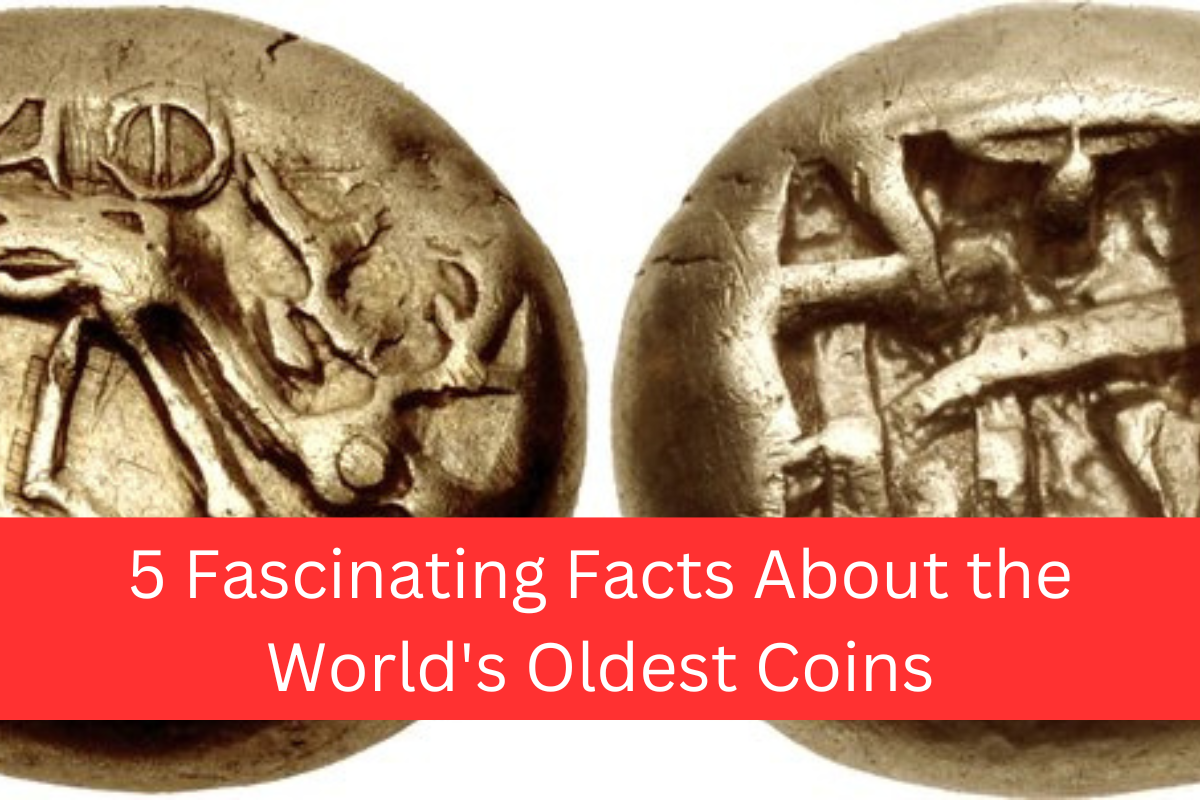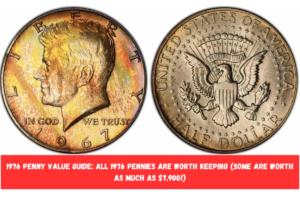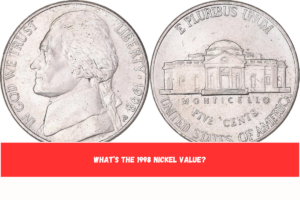Not only are the earliest coins in the world significant historical items, but they also offer intriguing insights into the development of early communities, the expansion of monetary systems over the course of history, and the evolution of commerce throughout the course of history.
5 Fascinating Facts About the World’s Oldest Coins
The five most fascinating facts about the world’s oldest coins are as follows, and they are listed in the following order:
1. The Lydian Stater, which was the first real coin
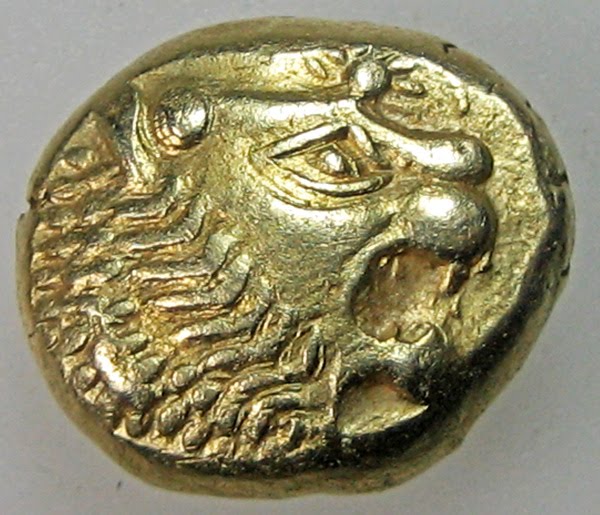
- Origin: The ancient country of Lydia, which is now Turkey, is thought to have made the first real coins around 600 BCE.
- Electrum is a naturally occurring mixture of gold and silver that was used to make these coins. They had a lion’s head design on them to show how powerful and wealthy King Croesus was as king of Lydia.
- Meaning: There were different kinds of money before the Lydian stater, like metal lumps or bullion, but the Lydian stater is thought to be the first government-issued money that had a set weight and design. This new idea changed trade and the business by making transactions easier and more reliable.
2. The Owl of Athens: A Sign of Democracy
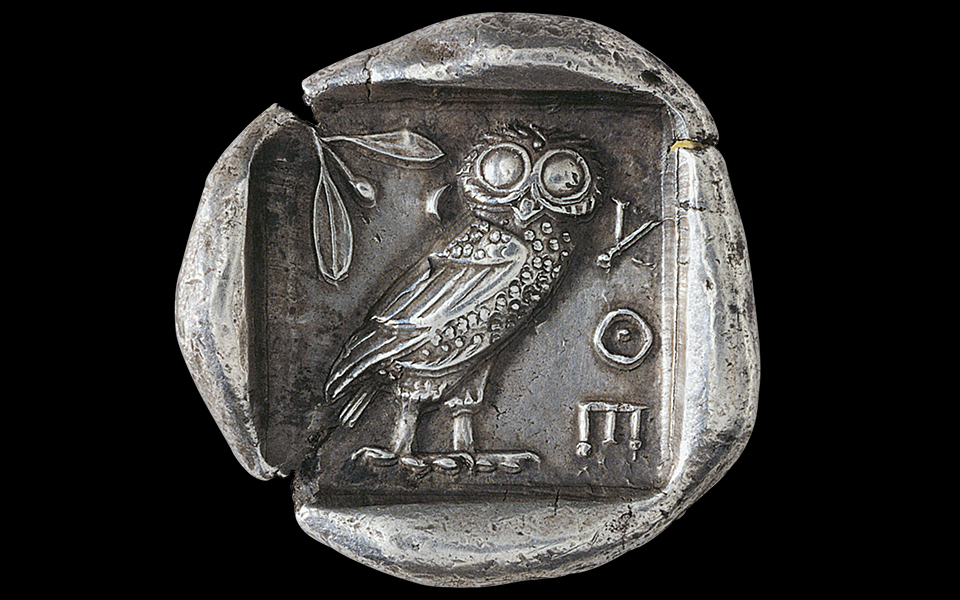
- The famous Athenian owl coin was made in Athens in the fifth century BCE. On the front, the goddess Athena is shown, and on the back, an owl, which stood for knowledge and wisdom, is shown.
- The owl coin was used for trade all over the ancient world and became associated with Athens’ golden age. The coin, which stood for Athens’ wealth and power, was widely used, which helped the city dominate in both business and politics. It is often seen as a sign of Athenian democracy.
- The Athenian owl coin is one of the most famous in history, and people still use it today as a sign of freedom, democracy, and knowledge.
3. The Roman Denarius: An Important Part of the Roman Economy
- The denarius was first made in 211 BCE, during the Roman Republic. It was used all the way through the Roman Empire.
- Material: The denarius was made of silver at first. It was used as money by Roman troops and merchants and weighed about 3.9 grams.
- In ancient times, the denarius was one of the most important coins. It was used all over the Roman Empire. It played a big role in making trade easier, paying soldiers, and helping Rome’s military and empire growth. In fact, many Roman emperors put out coins called denarii that had pictures of themselves on them to solidify their power and spread imperial propaganda.
- Decline: The denarius slowly lost its value over time because of inflation and debasement, which meant that less silver was added to the coin. This was a major time of economic decline in the late Roman Empire.
4. The Chinese Ban Liang Coin is the oldest coin that has been made continuously.

- The Ban Liang coin is one of China’s oldest coins. It was made during the Zhou Dynasty, which was around 400 BCE. The coin was used for more than a thousand years, and different types were made during different Chinese eras.
- Design: The first Ban Liang coins were round with a square hole in the middle. This unique shape has become famous in Chinese numismatics over time. The hole made it possible to string the coins together, which made them easier to carry and store.
- Significance: The Ban Liang coin is a reminder of how innovative old Chinese money was. It was the start of a standardized money system that would last in different ways across China for more than 2,000 years.
5. The Indian Punch-Marked Coins: Money Before Maurya
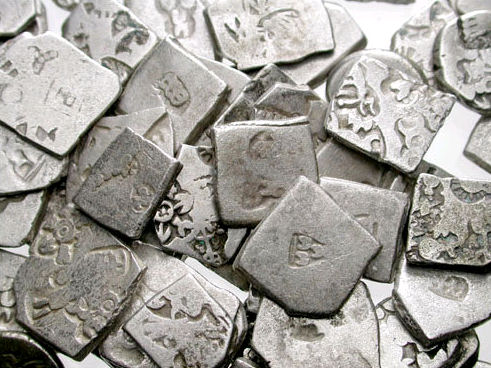
- Indian punch-marked coins, which date back to the 6th century BCE, are one of the oldest coins that we know of. They were made by several northern Indian countries in the past, before the Mauryan Empire.
- These coins were made of silver and had several punches or symbols on them that often showed animals, rulers, or other patterns. The marks were made on pieces of silver that were not all the same shape.
See More: 7 Coins with Hidden Features Only Experts Know About
- Significance: These coins are important because they show some of India’s earliest efforts at money. In contrast to later coins, which were all the same shape, punch-marked coins were often made in different sizes and shapes. They were mostly used for business and everyday tasks.
- Legacy: The punch-marked coins had an effect on the growth of Indian money. They set the stage for the more organized money system used by Chandragupta Maurya and later emperors like Ashoka during the Mauryan Empire.
